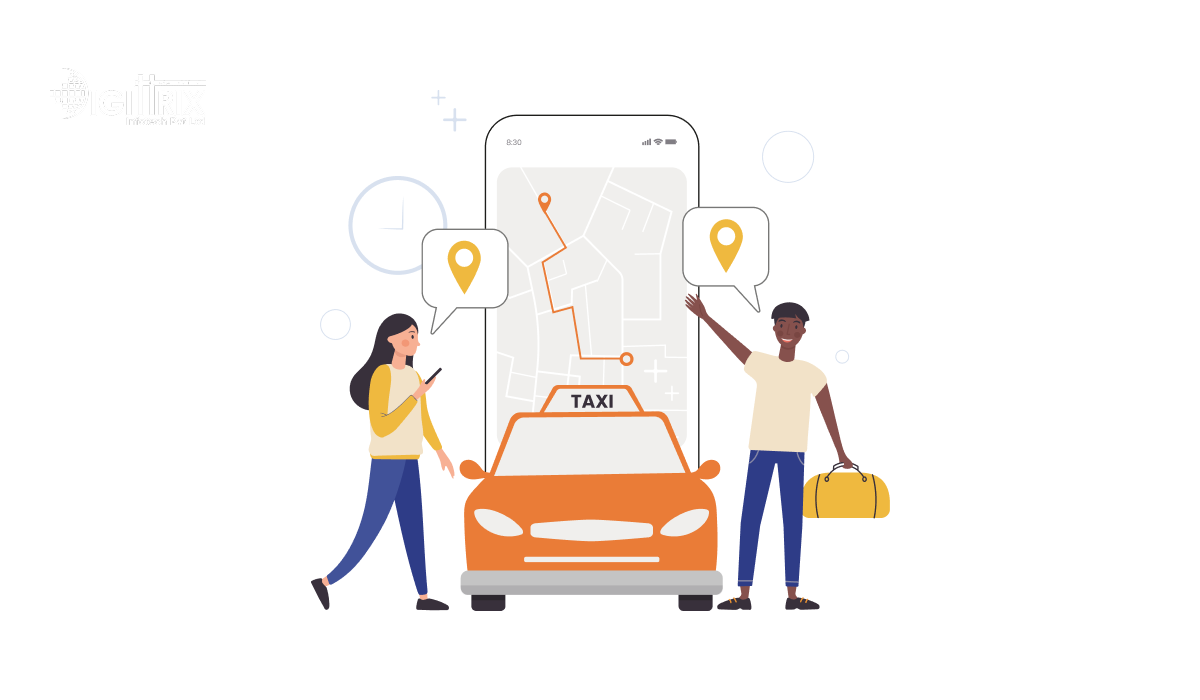
Urban travel today is about far more than simply getting from point A to point B. It’s about convenience, sustainability, and cost-efficiency. Ride sharing platforms like Cityhop have become pioneers in revolutionizing urban mobility by integrating technology with user-centric services and environmental consciousness. The rise of such platforms highlights the growing demand for smarter transportation solutions that meet modern commuters’ expectations. By combining digital convenience and a strong focus on reducing carbon footprints, Cityhop and similar platforms are setting the pace for the future of urban travel.
What users expect from a modern ride sharing platform
The expectations of today’s riders go beyond basic functionality. Modern users demand apps that are fast, easy to use, and reliable. Your platform must offer instant ride access through a streamlined booking process, provide real-time vehicle tracking to ensure transparency, and secure payment options to safeguard transactions. Customer support must be readily available to solve any problems quickly and efficiently, ensuring user satisfaction.
To truly succeed in this competitive market, it’s crucial to build a ride sharing app like Cityhop that is designed with the user in mind. This means integrating features that make daily commuting seamless and enjoyable. For example, allowing users to schedule rides ahead of time helps those with tight schedules, while saved destinations speed up the booking process for frequent trips. Incorporating digital key access also adds a layer of convenience, enabling users to unlock vehicles directly from their smartphones.
Technologies that drive smart mobility platforms
The backbone of any effective ride sharing app is its underlying technology. A robust platform relies on GPS integration for accurate vehicle location tracking and live fleet updates to manage the availability of rides dynamically. Artificial intelligence (AI) plays a crucial role in routing, enabling the system to suggest the quickest or least congested routes by analyzing real-time traffic data. This not only improves user experience but also optimizes fleet efficiency, reducing idle time and unnecessary fuel consumption.
Secure cloud storage is essential to manage large amounts of user data and transaction records, ensuring data integrity and scalability. Moreover, IoT (Internet of Things) technologies enable remote vehicle diagnostics and predictive maintenance, which help reduce vehicle downtime and enhance safety. By monitoring vehicle health in real time, fleet operators can address issues before they become critical, ensuring a reliable service that users can trust.
Supporting sustainability through shared mobility
As cities worldwide increasingly focus on reducing carbon emissions, the environmental impact of transportation is becoming a key consideration for riders. A successful ride sharing platform can position itself as a leader in sustainability by offering access to electric vehicles (EVs) and promoting ride-pooling options. These initiatives help decrease the number of vehicles on the road, cutting down overall emissions and traffic congestion.
Displaying real-time CO2 savings within the app encourages users to make greener choices and feel connected to a larger environmental mission. By integrating such features, ride sharing app development becomes more than just a business—it becomes a movement towards a cleaner, more sustainable future. This not only appeals to environmentally conscious users but also aligns your platform with regulatory goals and urban planning initiatives.
Key features that elevate your ride sharing app
To stand out in the competitive ride sharing market, your app must offer more than just basic booking and payment options. Consider implementing features that improve the user experience and foster loyalty:
-
Multi-stop ride options allow riders to add multiple destinations in one trip, saving time and money for users with complex routes.
-
Tiered pricing models such as economy, premium, or EV-only rides cater to different user preferences and budgets.
-
Rider and driver ratings help maintain high service standards and build trust within the community.
-
Loyalty programs reward frequent users with discounts or special perks, encouraging retention.
-
Live support and in-app issue reporting ensure that riders and drivers receive prompt assistance when needed.
Further customization based on user location, travel behavior, and preferences can personalize the app experience, increasing engagement and satisfaction.
Why you need expert developers for ride sharing platforms
Developing a ride sharing app is complex, involving real-time data processing, scalable infrastructure, and integration with various third-party services like payment gateways and map APIs. Unlike simpler apps, ride sharing platforms require a deep understanding of urban mobility and high-performance backend systems to handle thousands of concurrent users.
Partnering with a skilled mobile app development company is essential to bring your vision to life. Experienced developers will ensure your app has a clean, user-friendly interface and a robust backend that can scale as your user base grows. They will guide you through crucial stages such as system architecture design, cloud deployment, security implementations, and post-launch support.
Choosing the right development partner reduces time-to-market and helps avoid costly mistakes, ensuring your app meets both user expectations and business goals.
Launch locally, then scale strategically
One of the biggest mistakes new ride sharing apps make is launching at a large scale without thorough testing. It’s far more effective to start with a controlled rollout in a limited area. This allows you to test the app in real-world conditions, gather valuable user feedback, and fix any technical or operational issues before expanding.
A soft launch strategy helps you fine-tune app performance, improve the user experience, and establish brand trust. Once the platform is optimized and stable, you can scale by adding more vehicles, expanding to new cities, or introducing new categories such as electric scooters, delivery vehicles, or two-wheelers.
Scaling gradually reduces risks and ensures your platform can handle growth sustainably without compromising quality.
Final thoughts
The demand for intelligent, eco-friendly urban transportation solutions continues to grow rapidly. Building a ride sharing app like Cityhop positions your business at the crossroads of technology, convenience, and sustainability. By focusing on user-centric design, leveraging the latest technological advancements, and collaborating with experienced mobile app developers, you can create a platform that meets today’s mobility needs and adapts to future trends.
Investing in a scalable, efficient, and user-friendly ride sharing app not only opens up exciting business opportunities but also contributes positively to the environment and urban living standards.
For entrepreneurs and businesses ready to enter this space, understanding the nuances of ride sharing technology and sustainable mobility is the first step toward success. With the right approach, your platform can become a vital part of the future of urban transportation.








